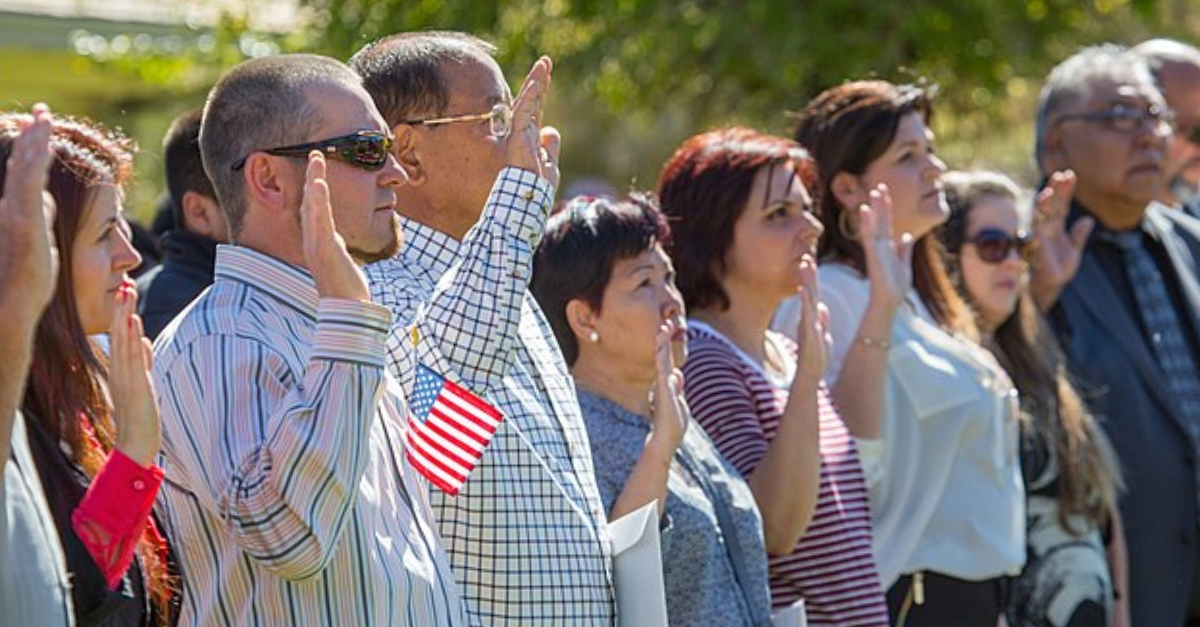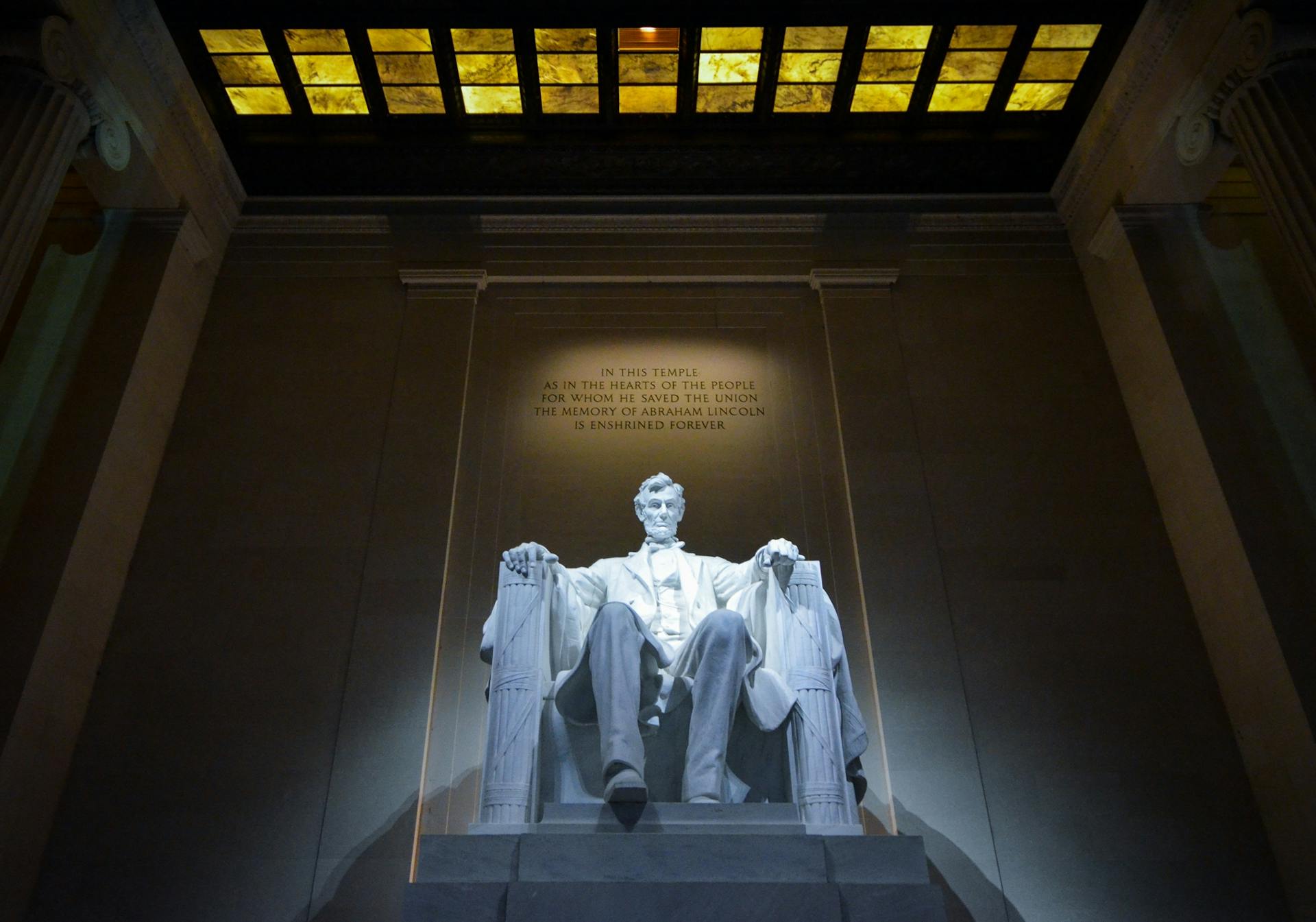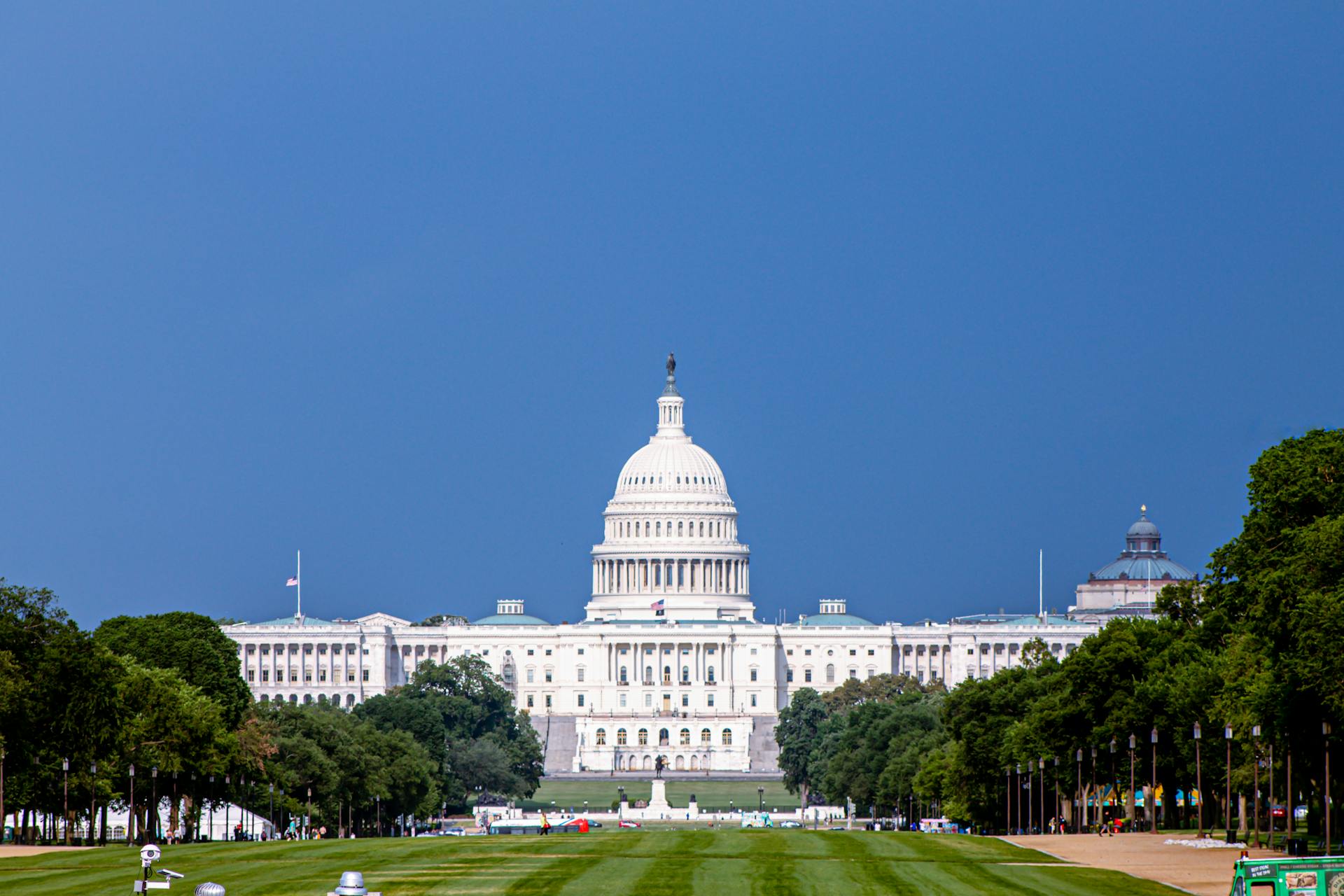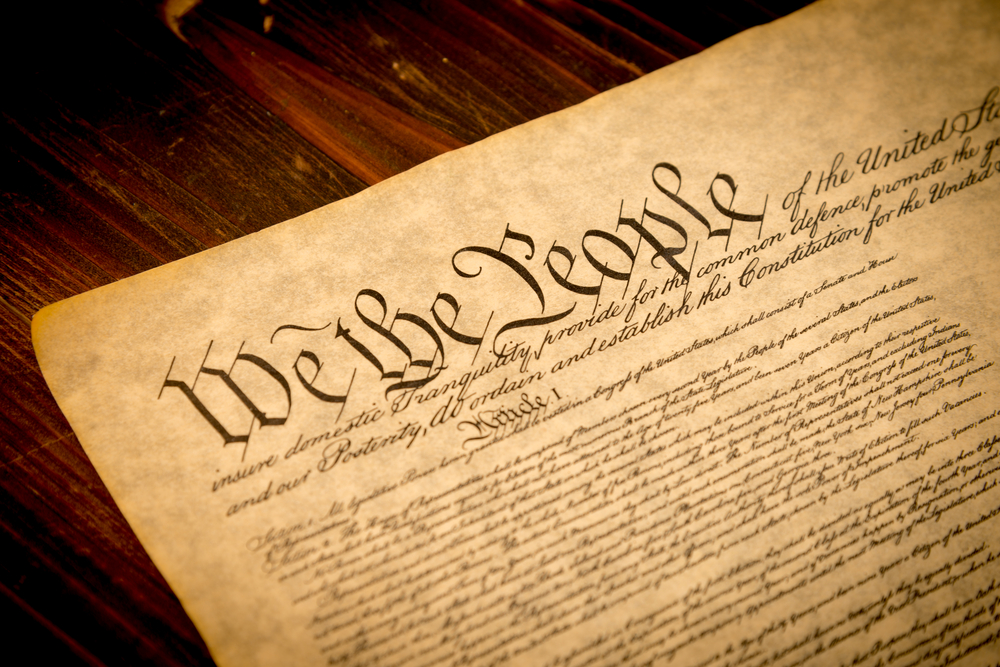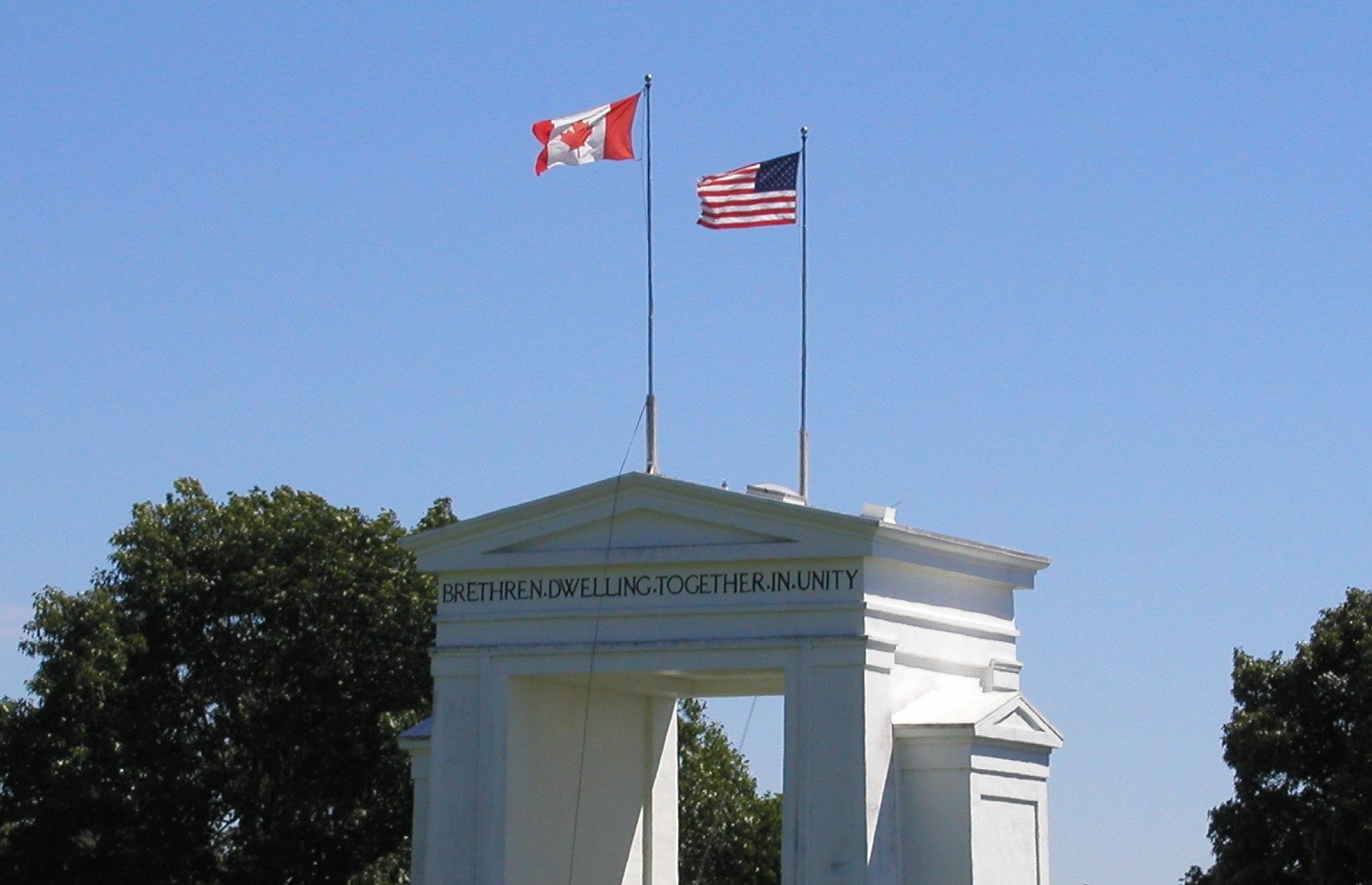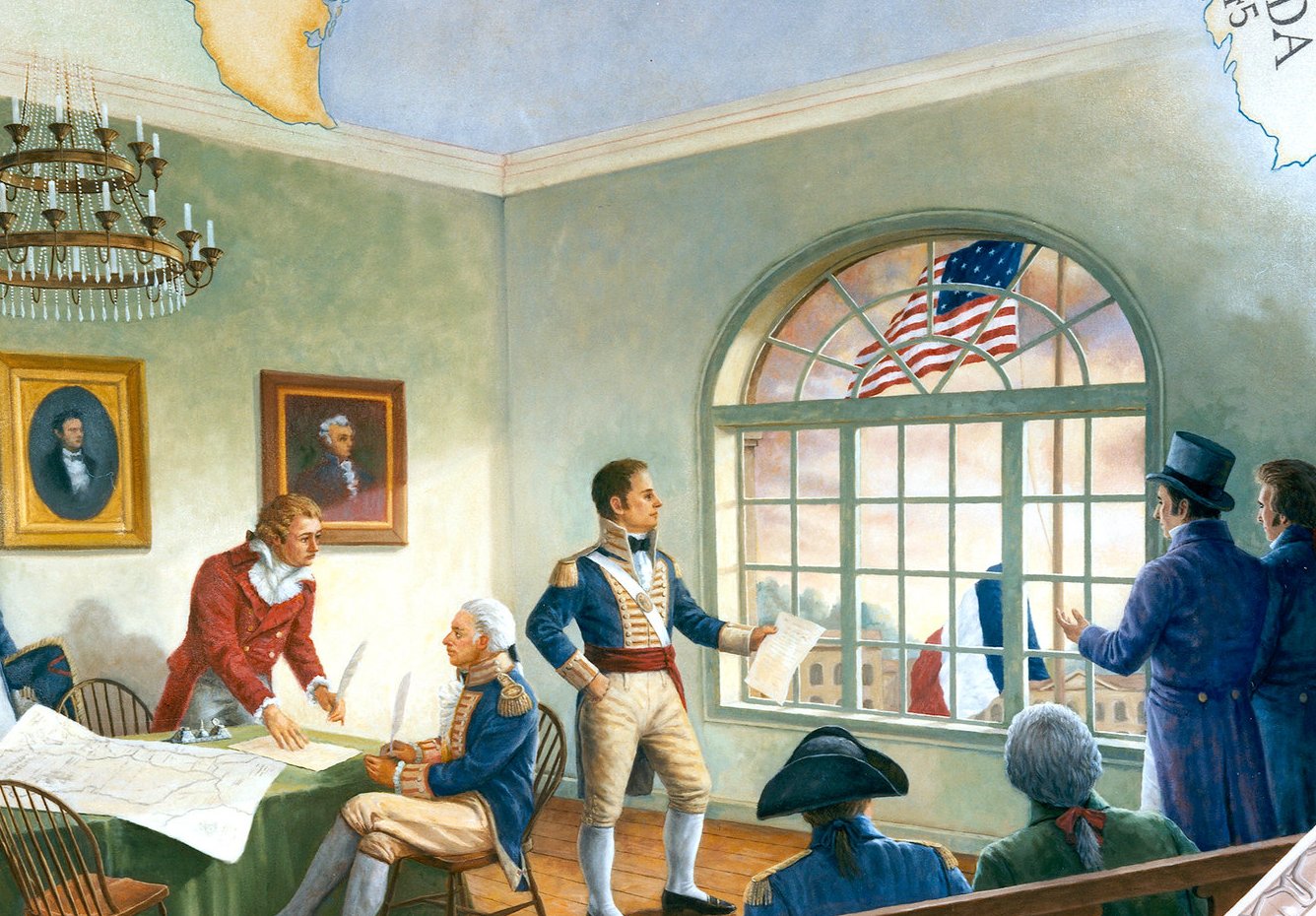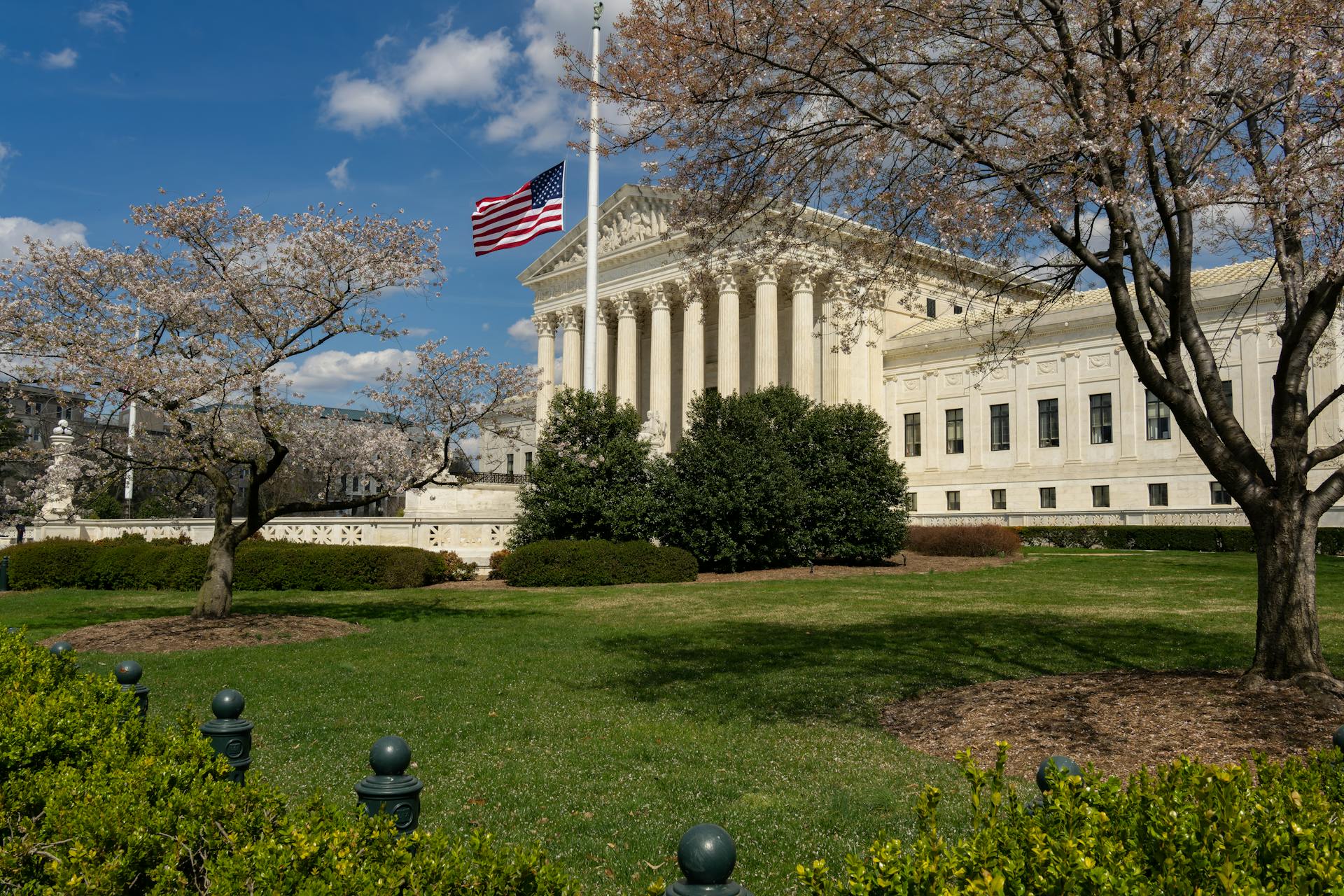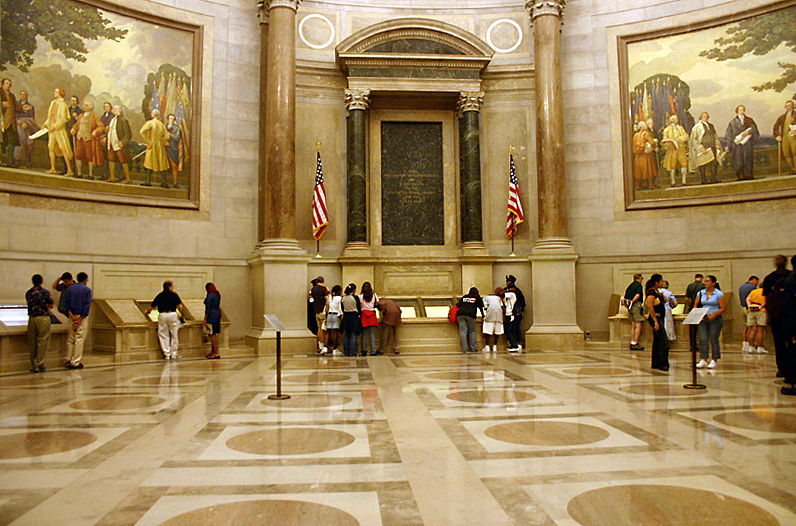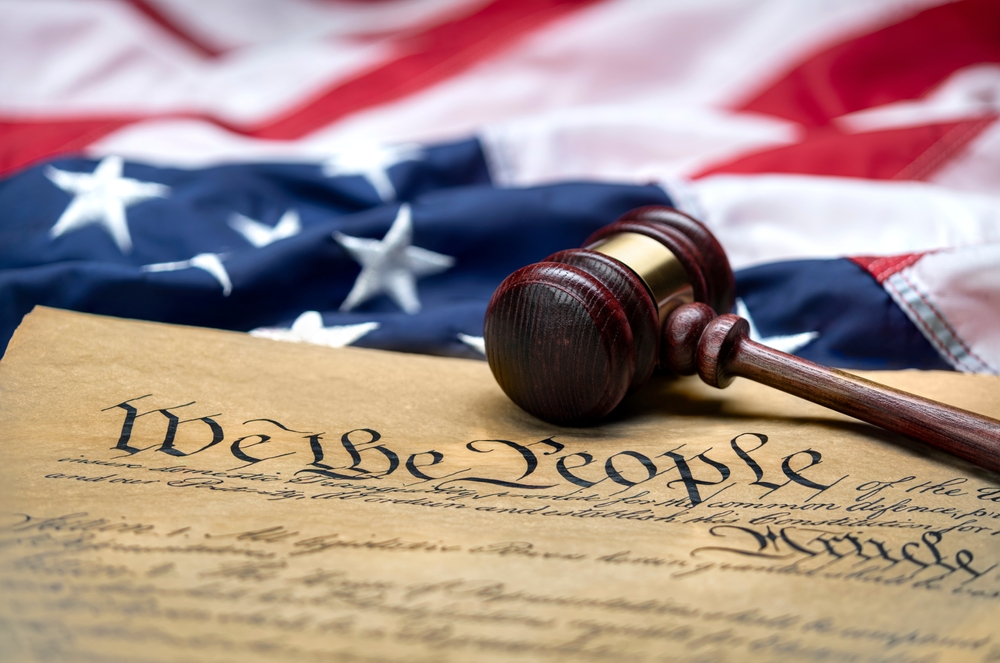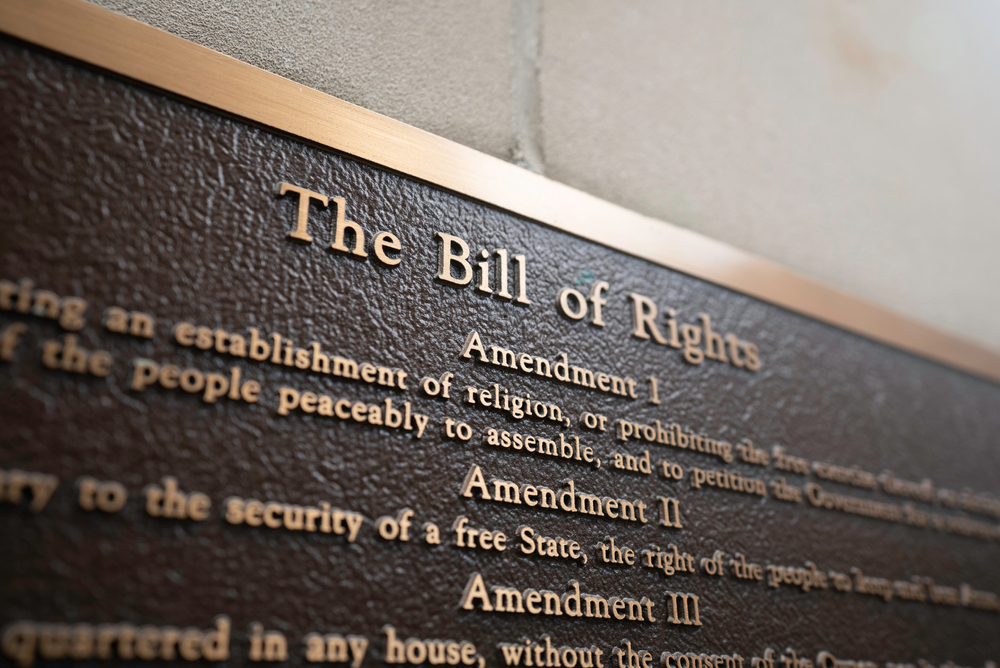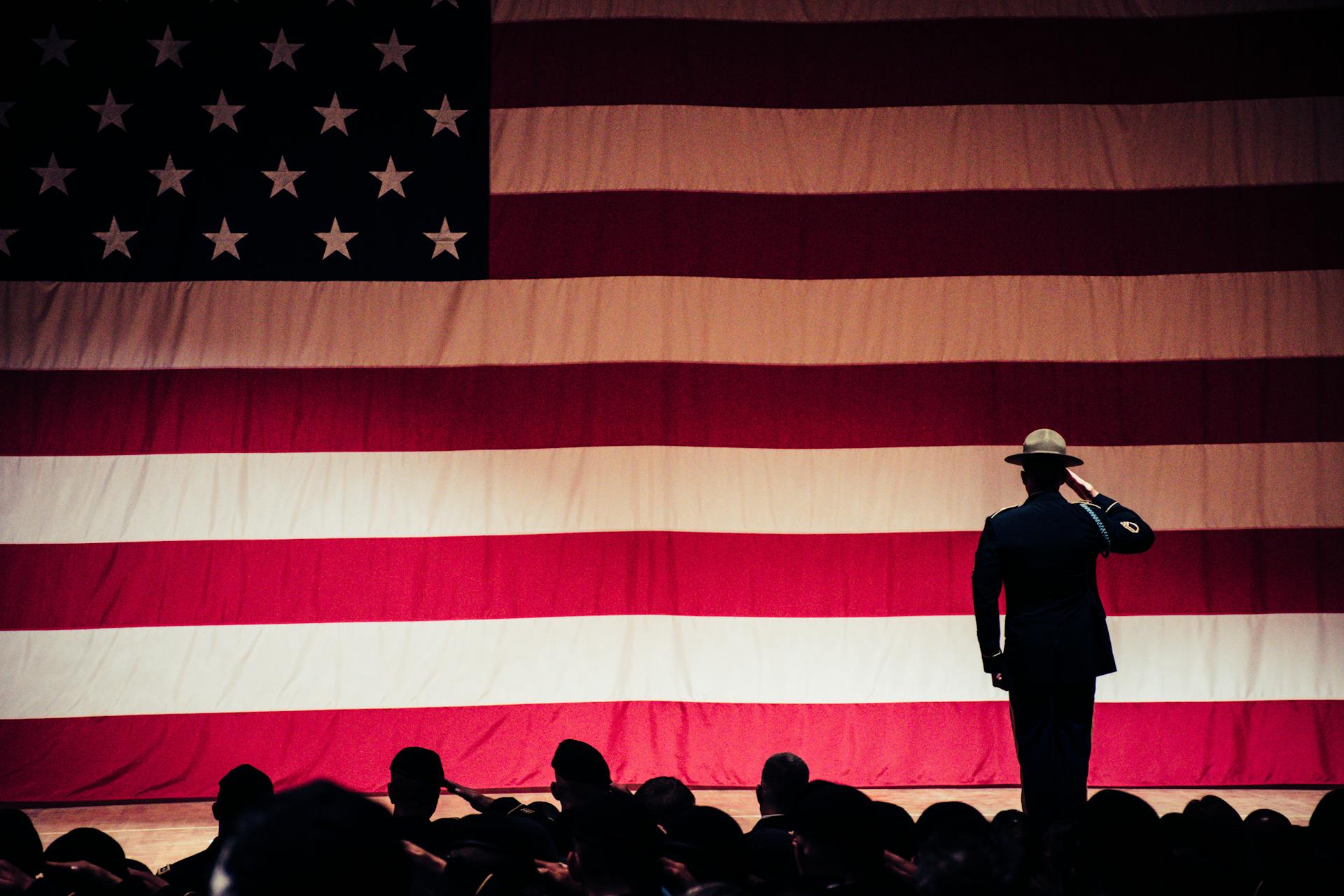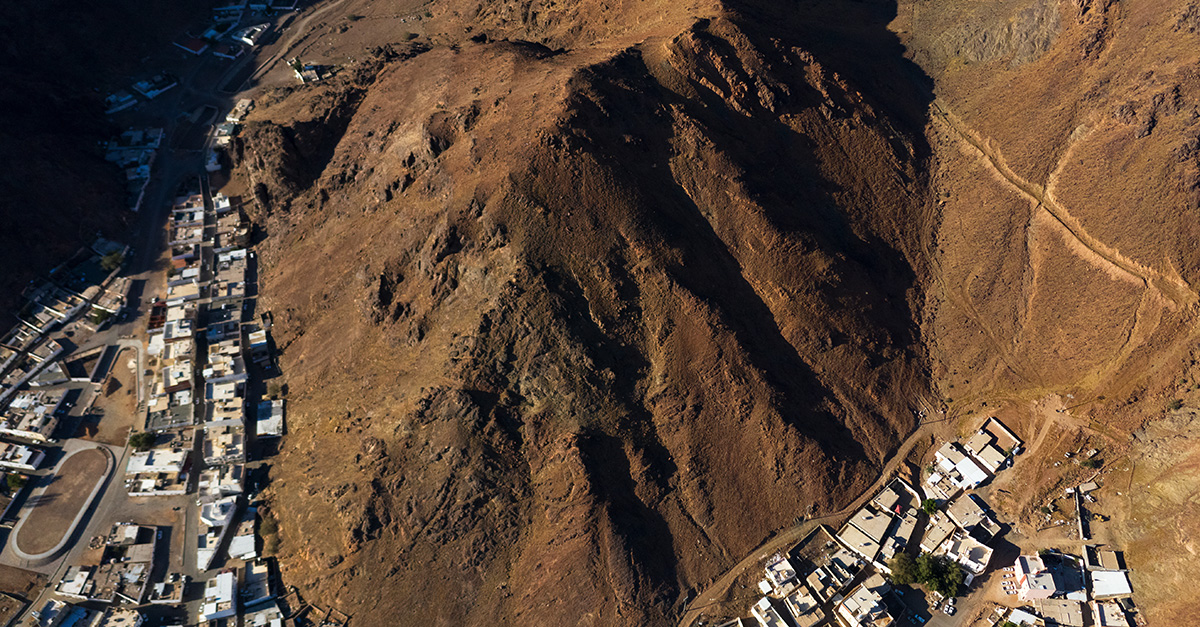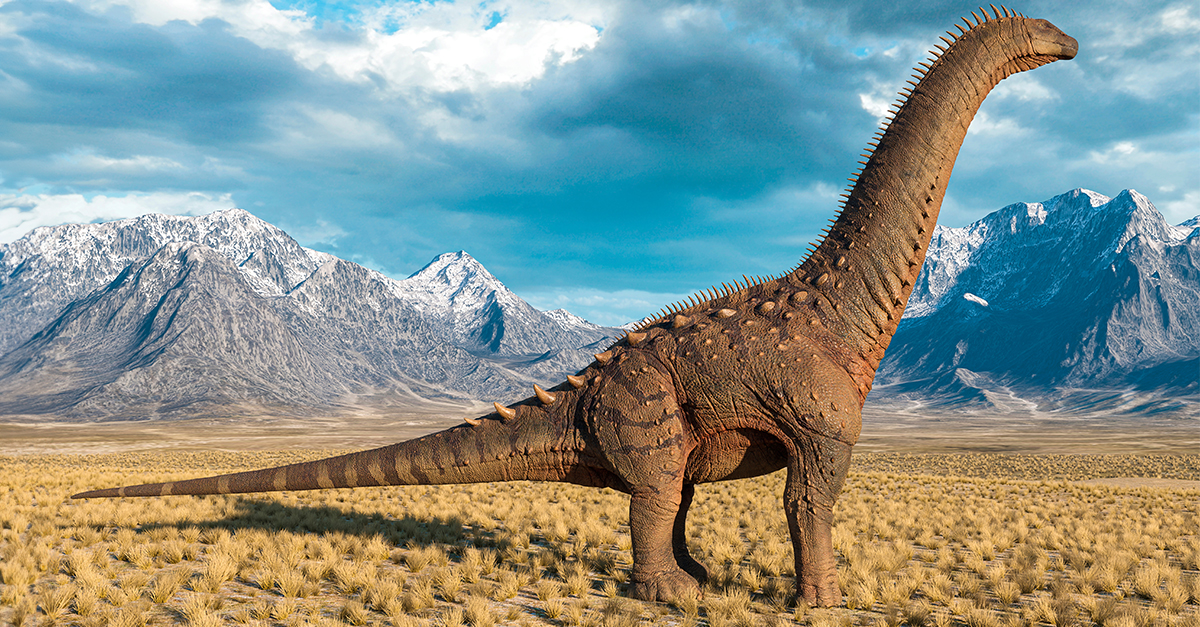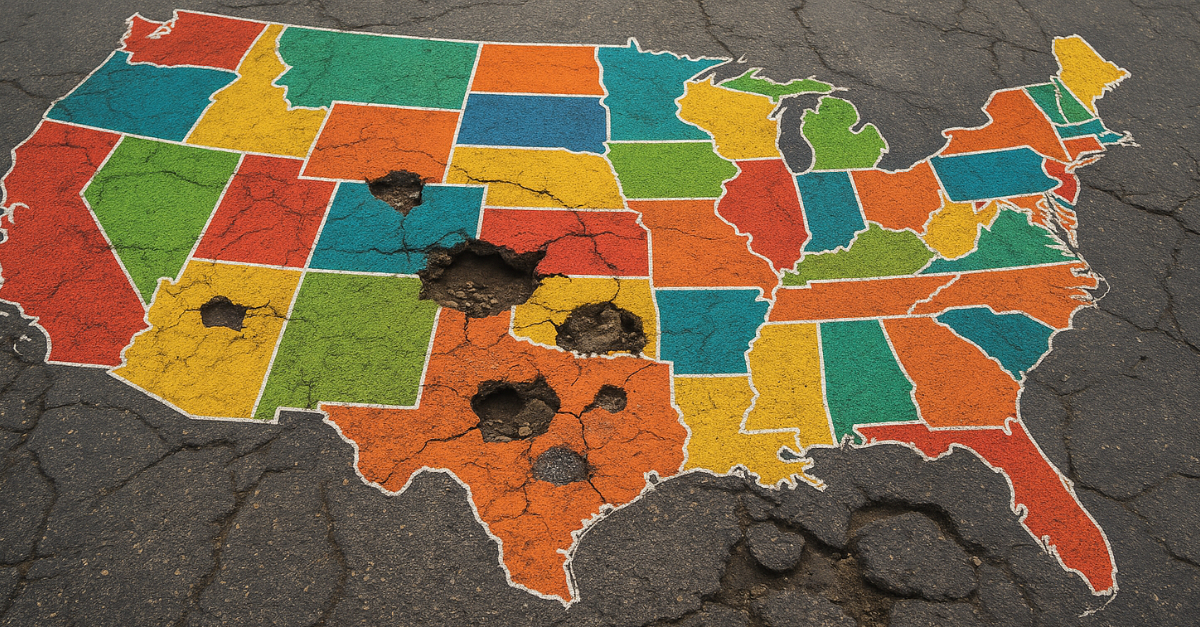1 in 3
While over 90% of applicants pass the American Citizenship Exam—A study done in 2018 found that only 33% of American-born individuals could pass the same multiple choice test that immigrants take in order to get citizenship. See how many of these basic questions you can answer.
The Test
The actual test requires answering 10 multiple choice questions randomly selected from a the 100 Civics Flash Cards that immigrants use to study. To pass the test, one must score at least a 60%—which, as we all know, means answering 6 out of the 10 questions correctly. Sounds easy right? Well, give it try...
Here are 20 multiple choice questions taken from among the 100. Can you answer at least 12 correctly?
Q: When Was The Declaration Of Independence Adopted?
1: September 11, 2001
2: June 6, 1944
3: July 4, 1787
4: July 4, 1776
 Jean Leon Gerome Ferris, Wikimedia Commons
Jean Leon Gerome Ferris, Wikimedia Commons
A: July 4, 1776
The signing of the Declaration of Independence happened mostly on August 2, 1776, but it was adopted by the Continental Congress on July 4, 1776.
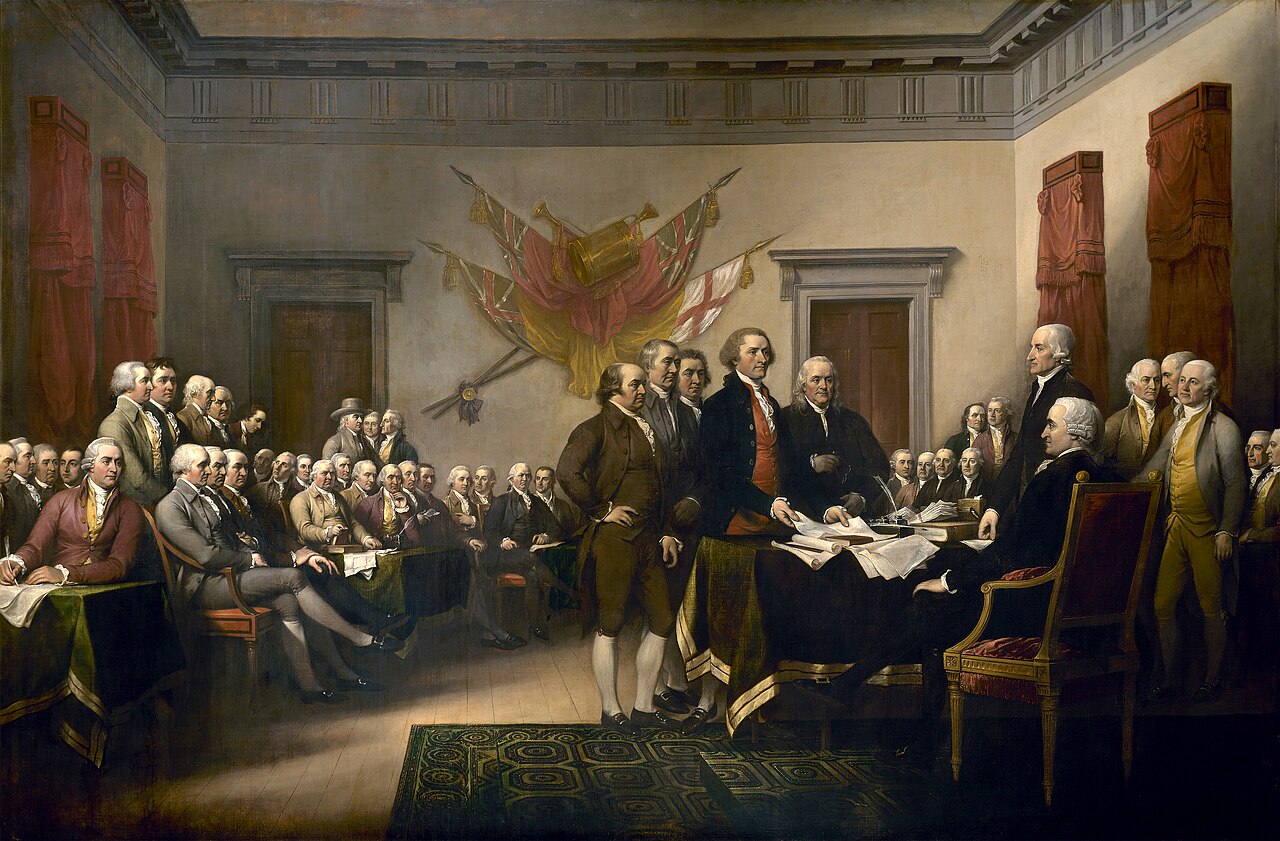 John Trumbull, Wikimedia Commons
John Trumbull, Wikimedia Commons
Q: United States Senators Are Elected For Terms Of How Many Years?
1: 4
2: 10
3: 6
4: 2
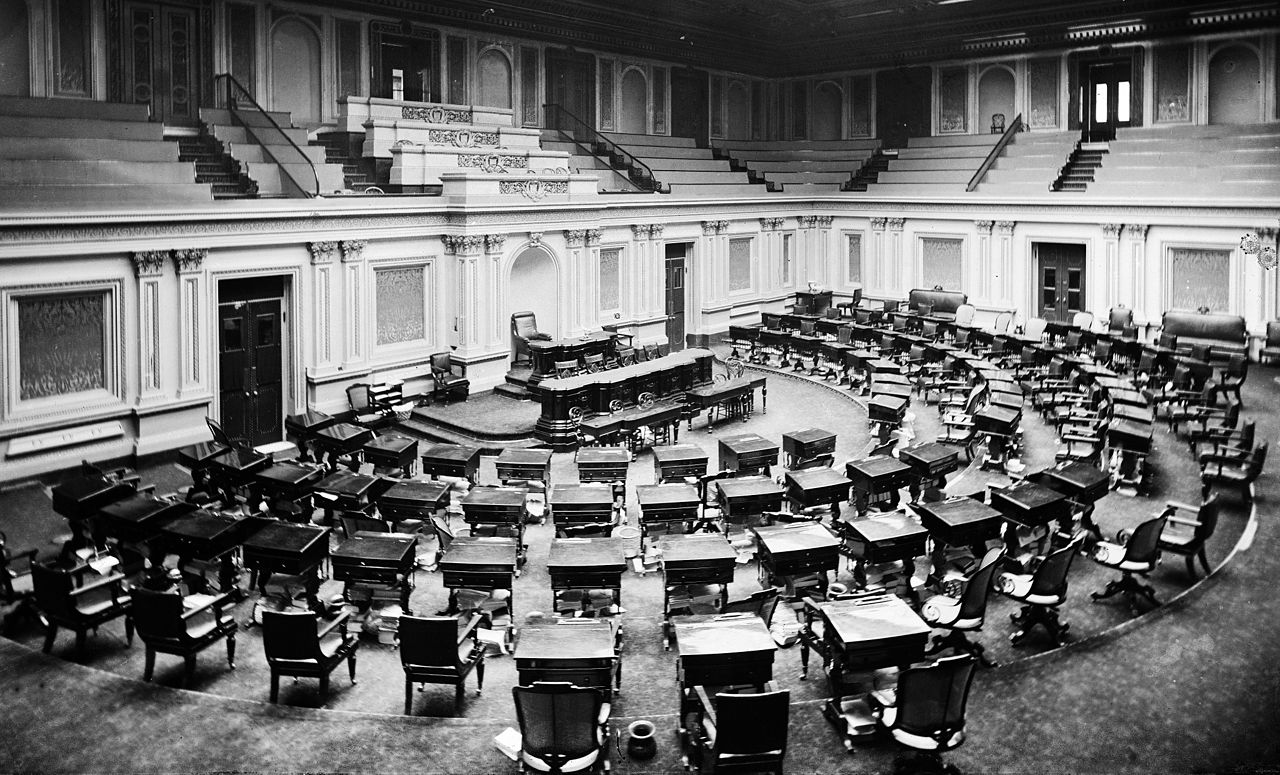 Brady-Handy Photograph Collection (Library of Congress), Wikimedia Commons
Brady-Handy Photograph Collection (Library of Congress), Wikimedia Commons
A: 6
Elections take place every two years, and in each election cycle there are about one-third of the Senators who find themselves up for election or re-election.
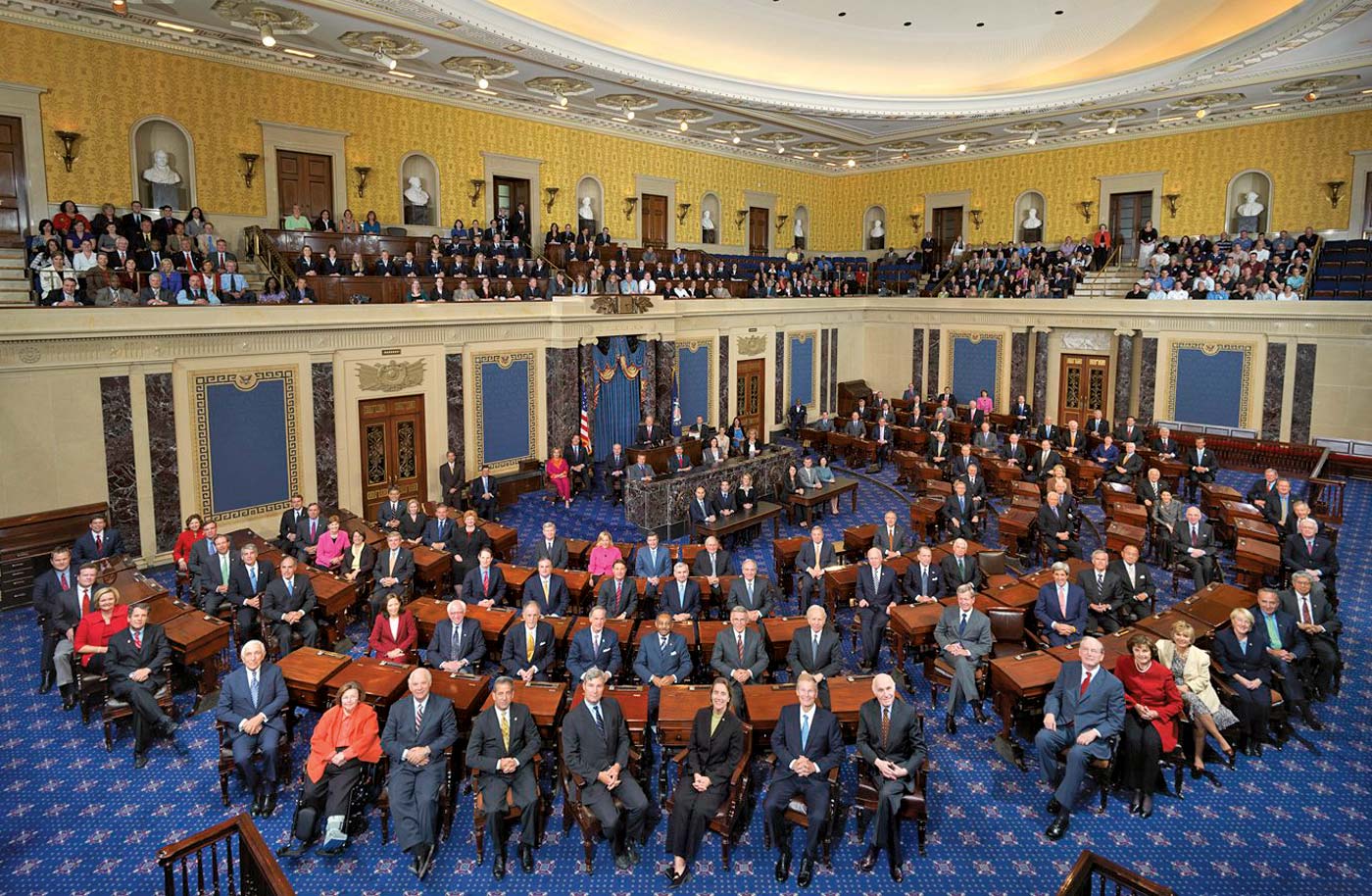 U.S. Senate, 111th Congress, Senate Photo Studio, Wikimedia Commons
U.S. Senate, 111th Congress, Senate Photo Studio, Wikimedia Commons
Q: Why Did The Colonists Fight The British?
1: Because of the Constitution
2: Because of the voting age
3: Because of states’ rights
4: Because of high taxes
 John Trumbull, Wikimedia Commons
John Trumbull, Wikimedia Commons
A: Because Of High Taxes
Upset that they did not have self-government, anger built up among the colonists. They were paying high taxes to the king—a government where they felt they had no representation.
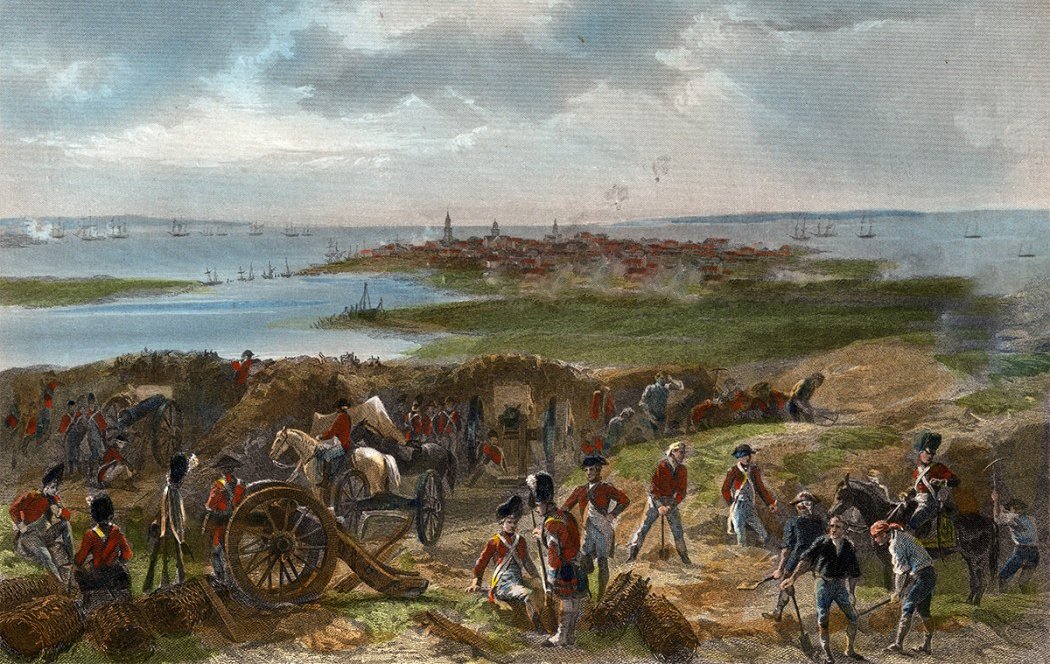 Alonzo Chappel, Wikimedia Commons
Alonzo Chappel, Wikimedia Commons
Q: If The President Can No Longer Serve, Who Becomes President?
1: Secretary of the Interior
2: Attorney General
3: Vice President
4: Chairman of a Political Party
A: Vice President
After the Vice President, the order of succession is as follows: Speaker of the House of Representatives, President pro tempore of the Senate, Secretary of State.
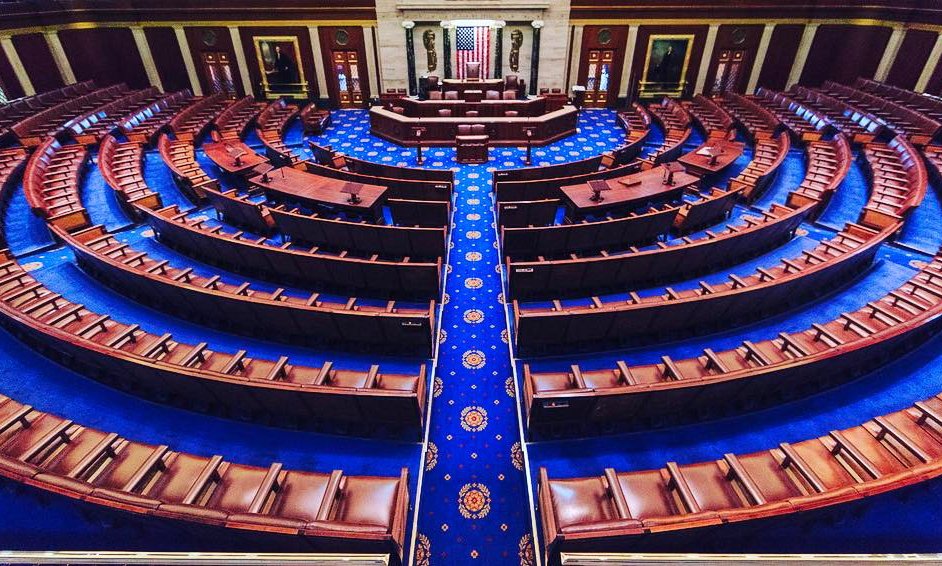 speaker.gov, Wikimedia Commons
speaker.gov, Wikimedia Commons
Q: Why Does The Flag Have 50 Stars?
1: Because there is one star for each state
2: Because 50 people died in the Civil War
3: Because 50 is a lucky number
4: Because there is one star for each member of Congress
 Gonzo fan2007, CC BY-SA 3.0, Wikimedia Commons
Gonzo fan2007, CC BY-SA 3.0, Wikimedia Commons
A: Because There Is One Star For Each State
And about those red and white stripes: Well, the 13 stripes represent the 13 original colonies.
 Lipton sale, CC BY-SA 3.0, Wikimedia Commons
Lipton sale, CC BY-SA 3.0, Wikimedia Commons
Q: Who Was President During The Great Depression And World War II?
1: Dwight Eisenhower
2: Franklin Roosevelt
3: Thomas Jefferson
4: Woodrow Wilson
 National Archives at College Park, Wikimedia Commons
National Archives at College Park, Wikimedia Commons
A: Franklin Roosevelt
FDR was the 32nd president of the United States and the only one to serve more than two terms. First elected in 1933, FDR passed away just months into his fourth term, on April 12, 1945.
 Vincenzo Laviosa, Wikimedia Commons
Vincenzo Laviosa, Wikimedia Commons
Q: What Ocean Is On The East Coast Of The United States?
1: Southern Ocean
2: Pacific Ocean
3: Atlantic Ocean
4: Indian Ocean
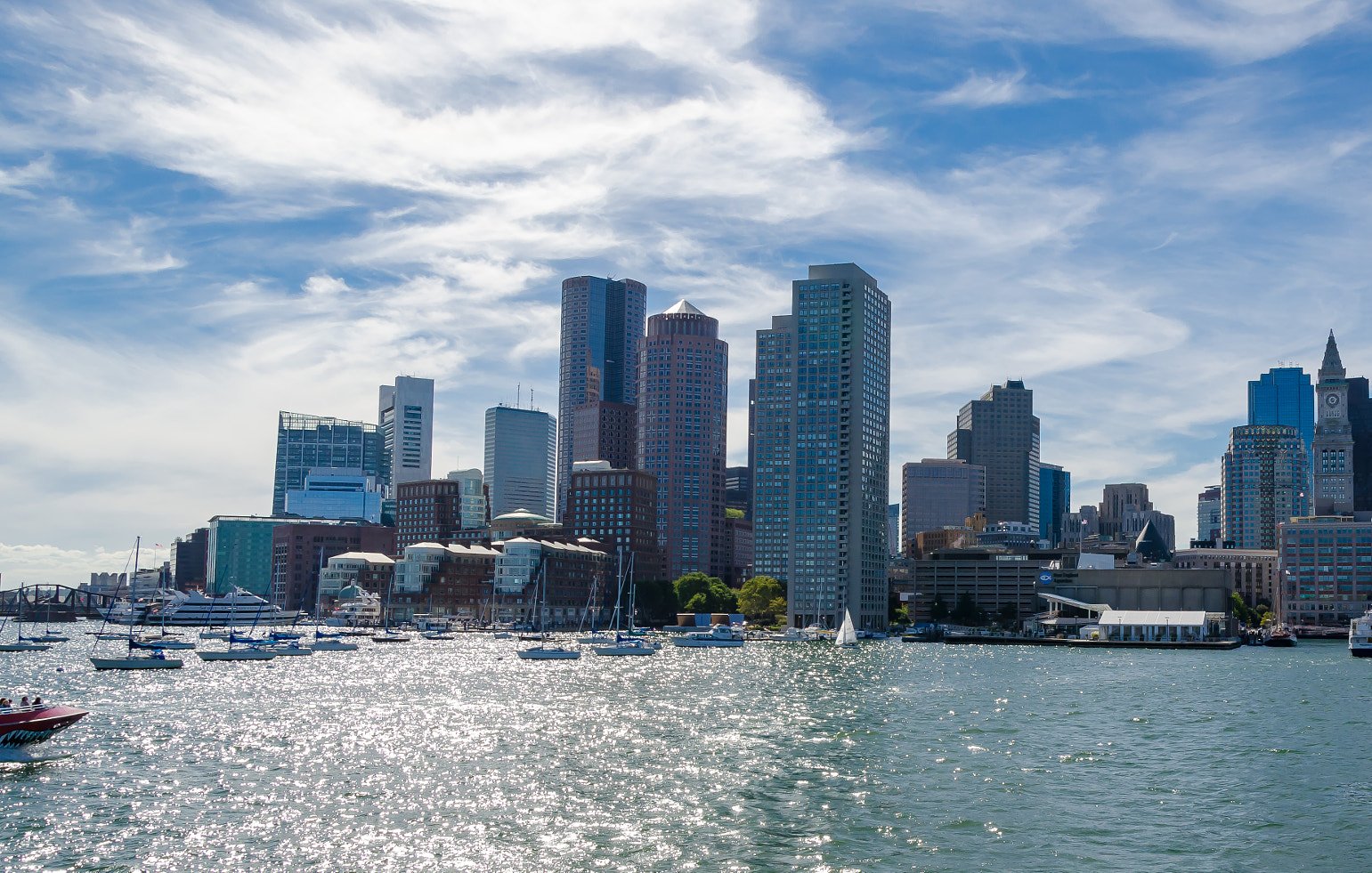 Harald Johnsen, CC BY-SA 3.0, Wikimedia Commons
Harald Johnsen, CC BY-SA 3.0, Wikimedia Commons
A: Atlantic Ocean
The United States is bordered by three oceans: There's the Pacific Ocean to the west, the Atlantic Ocean is on the East Coast, and there's the Arctic Ocean to the north (don't forget about Alaska).
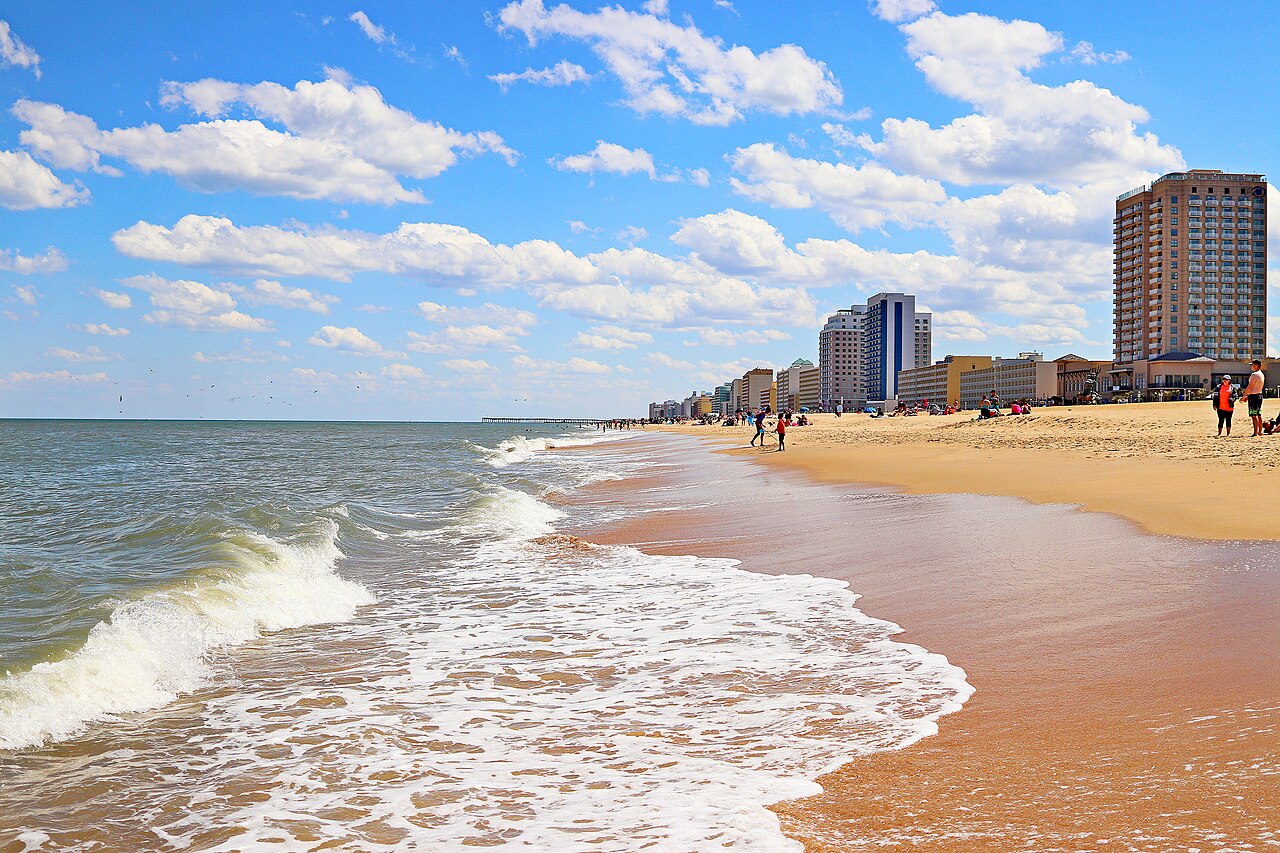 DanRVA, CC BY-SA 4.0, Wikimedia Commons
DanRVA, CC BY-SA 4.0, Wikimedia Commons
Q: What Are Two Cabinet-Level Positions?
1: Chief justice of the Supreme Court & Speaker of the House
2: Secretary of Labor & Secretary of State
3: Secretary of Education & Commander in Chief
4: State Governor & The President
 White House (Pete Souza), CC BY 2.0, Wikimedia Commons
White House (Pete Souza), CC BY 2.0, Wikimedia Commons
A: Secretary Of Labor & Secretary Of State
The cabinet is made up of the Vice President, the Attorney General, and the heads of the executive departments (Secretaries of Agriculture, Commerce, Defense, Education, Energy, etc).
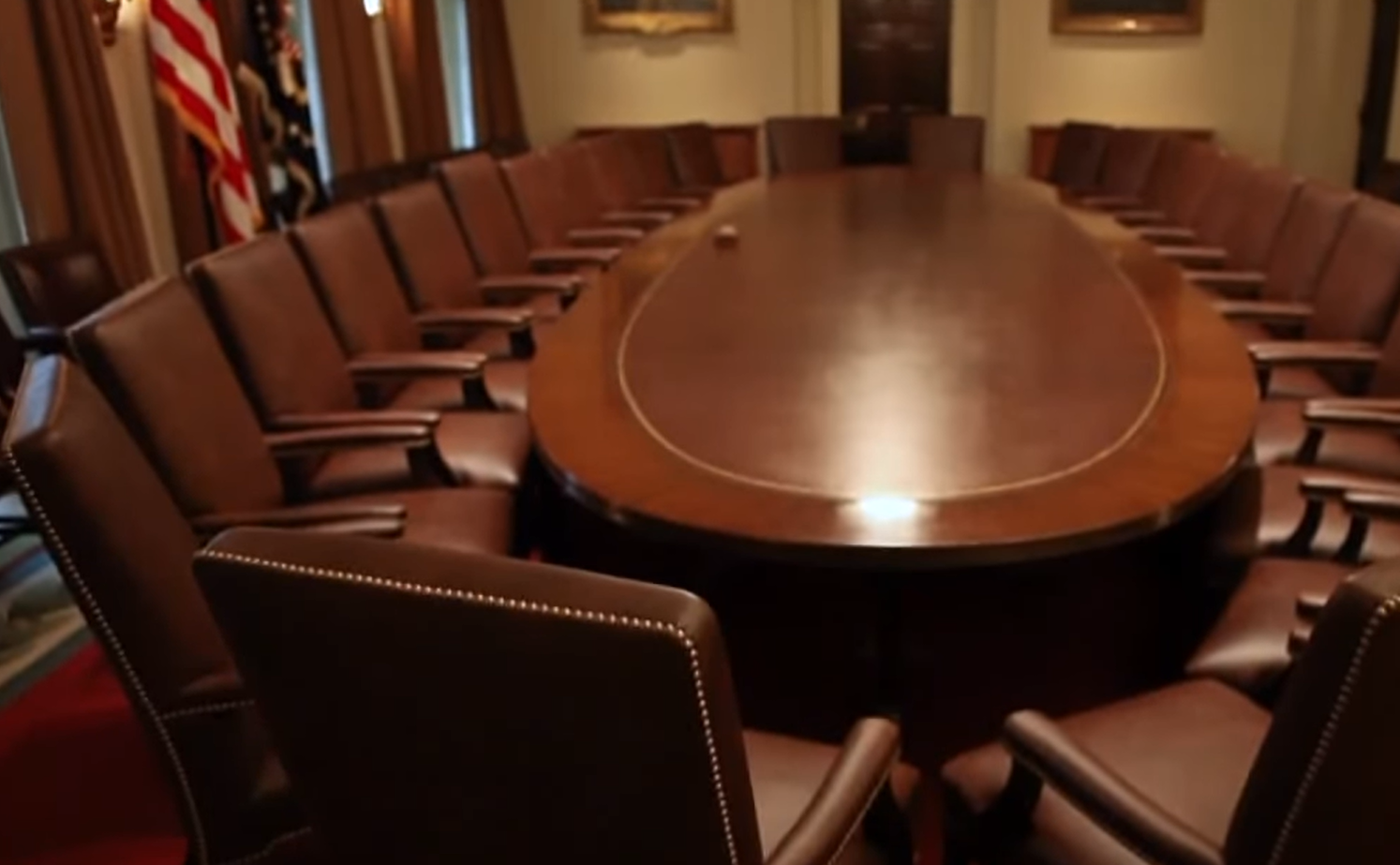 The White House, Wikimedia Commons
The White House, Wikimedia Commons
Q: When Was The Constitution Written?
1: 1787
2: 1929
3: 1800
4: 1776
 Howard Chandler Christy, Wikimedia Commons
Howard Chandler Christy, Wikimedia Commons
A: 1787
That document that begins, “We The People”, was written in 1787, ratified in 1788, and has been in operation since 1789.
Q: Name One State That Borders Canada?
1: Texas
2: Louisiana
3: Arizona
4: Idaho
A: Idaho
A total of 13 states border Canada: Maine, New Hampshire, Vermont, New York, Pennsylvania, Ohio, Michigan, Minnesota, North Dakota, Montana, Idaho, Washington, and Alaska
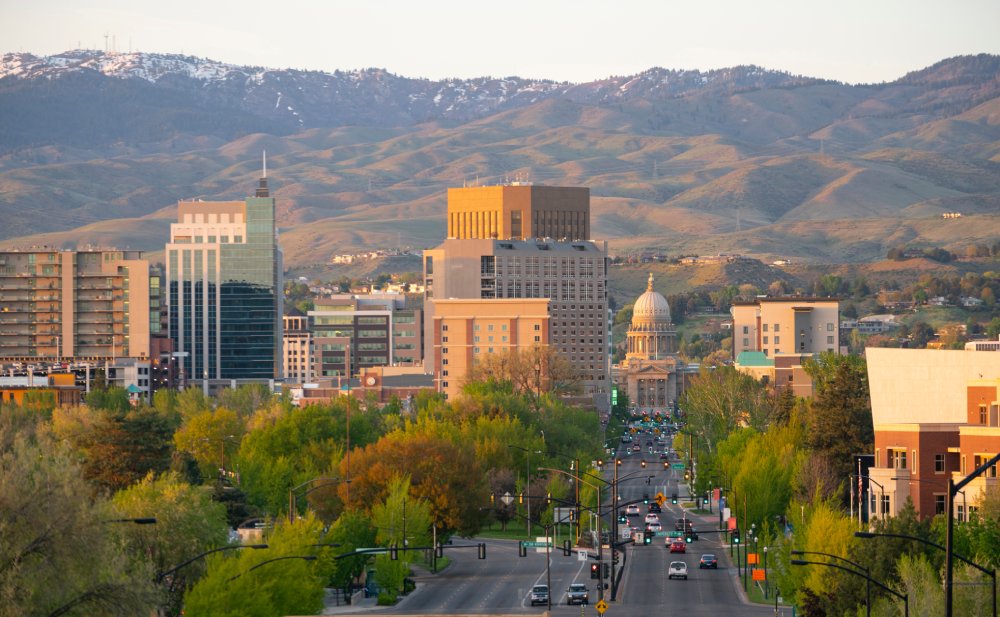 Christopher Boswell, Adobe Stock
Christopher Boswell, Adobe Stock
Q: Under Our Constitution, Some Powers Belong To The Federal Government. What Is One Power Of The Federal Government?
1: To provide police protection
2: To approve zoning and land use
3: To make treaties
4: To give a driver’s license
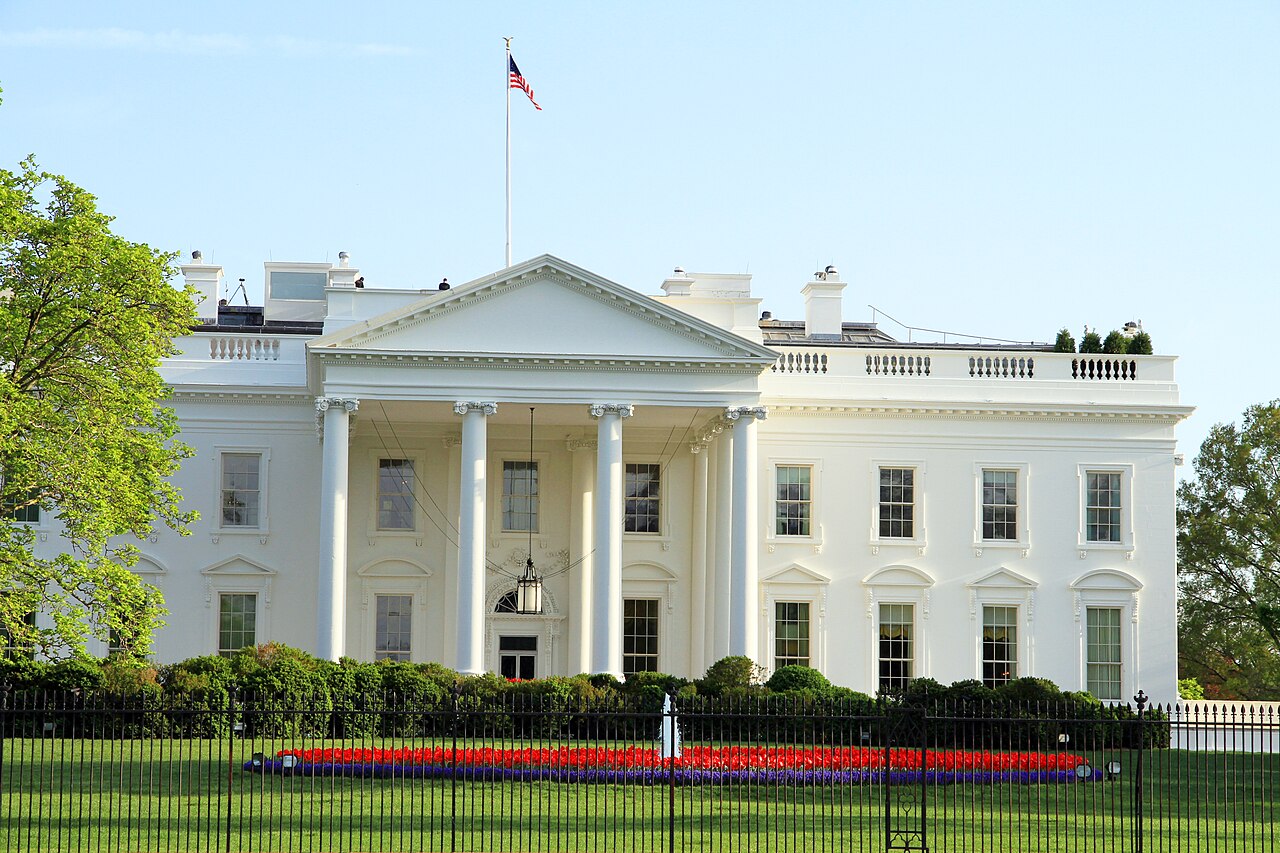 Ingfbruno, CC BY-SA 3.0, Wikimedia Commons
Ingfbruno, CC BY-SA 3.0, Wikimedia Commons
A: To Make Treaties
The federal government also has the power to print money, create an army, and declare war.
 U.S. Department of State, Wikimedia Commons
U.S. Department of State, Wikimedia Commons
Q: What Is One Thing Benjamin Franklin Is Famous For?
1: He fought for civil rights
2: He was president during the Civil War
3: He purchased the Louisiana Territory from France
4: He wrote Poor Richard’s Almanac
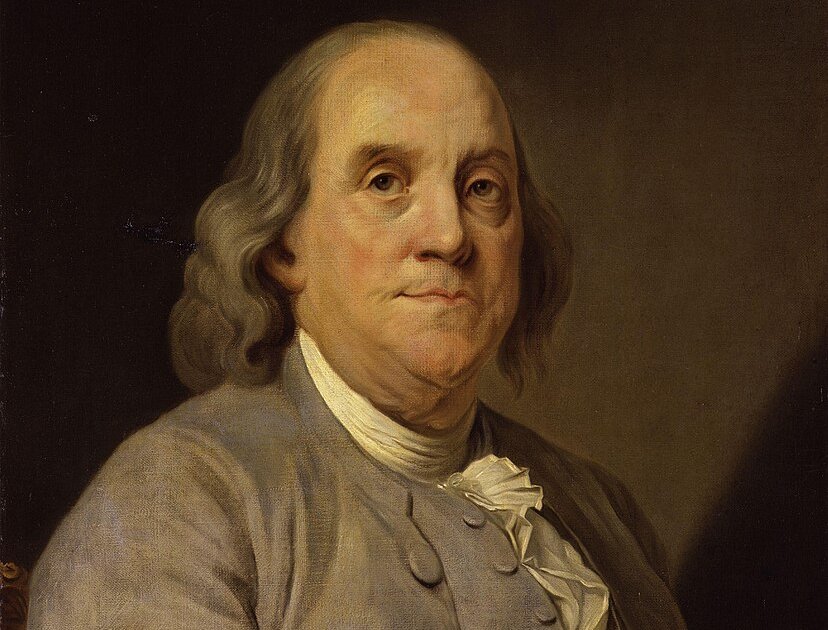 Joseph-Siffred Duplessis, Wikimedia Commons
Joseph-Siffred Duplessis, Wikimedia Commons
A: He Wrote “Poor Richard’s Almanac”
Under the pseudonym "Poor Richard" or "Richard Saunders", Franklin published the Poor Richard’s Almanac yearly from 1732 to 1758.
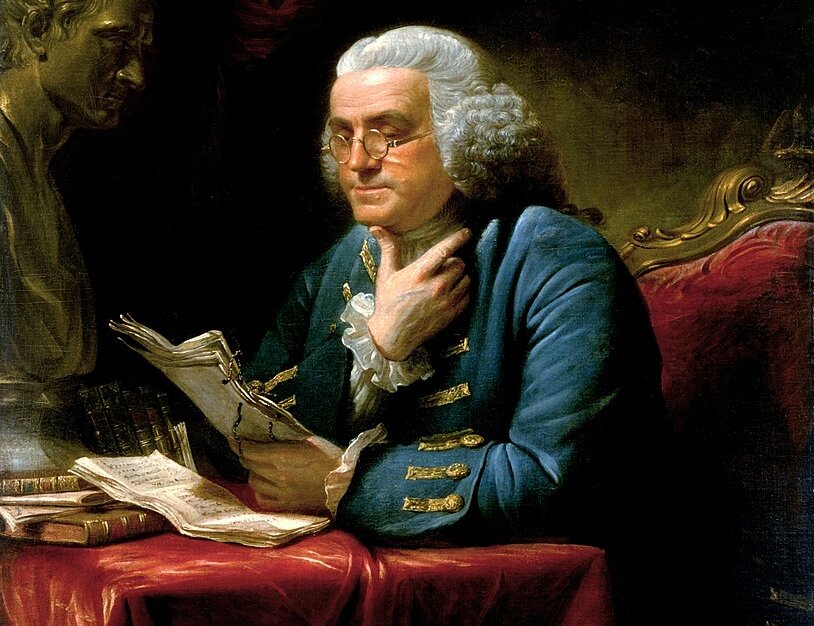 David Martin, Wikimedia Commons
David Martin, Wikimedia Commons
Q: The House Of Representatives Has How Many Voting Members?
1: 45
2: 2
3: 435
4: 100
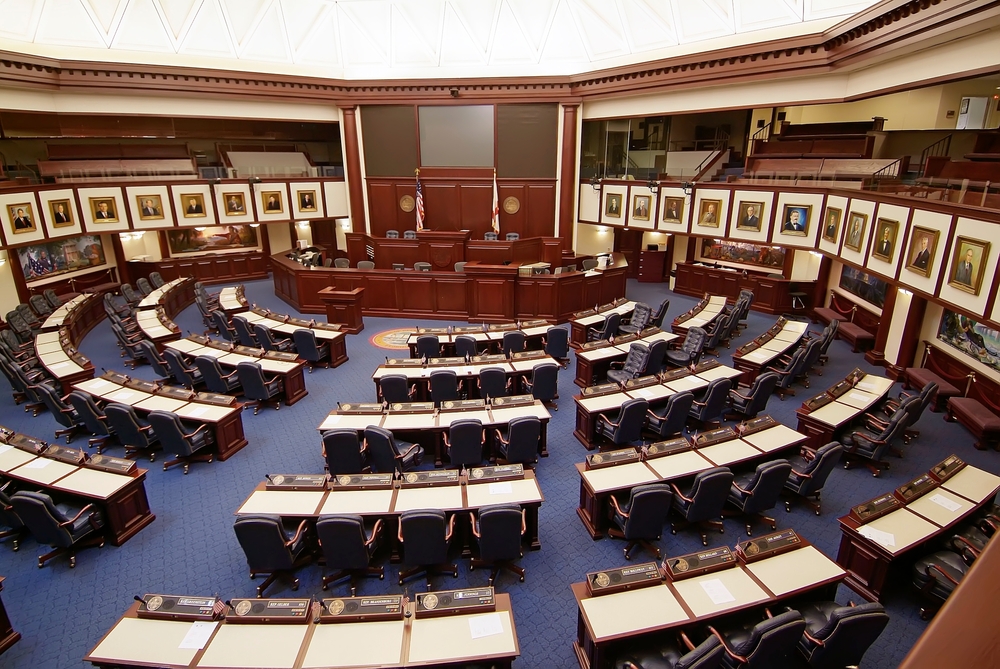 Dennis MacDonald, Shutterstock
Dennis MacDonald, Shutterstock
A: 435
There are also currently six non-voting members:
There is a delegate representing the District of Columbia, a resident commissioner representing Puerto Rico, and one delegate for each of the other four permanently inhabited US territories: American Samoa, Guam, the Northern Mariana Islands, and the US Virgin Islands.
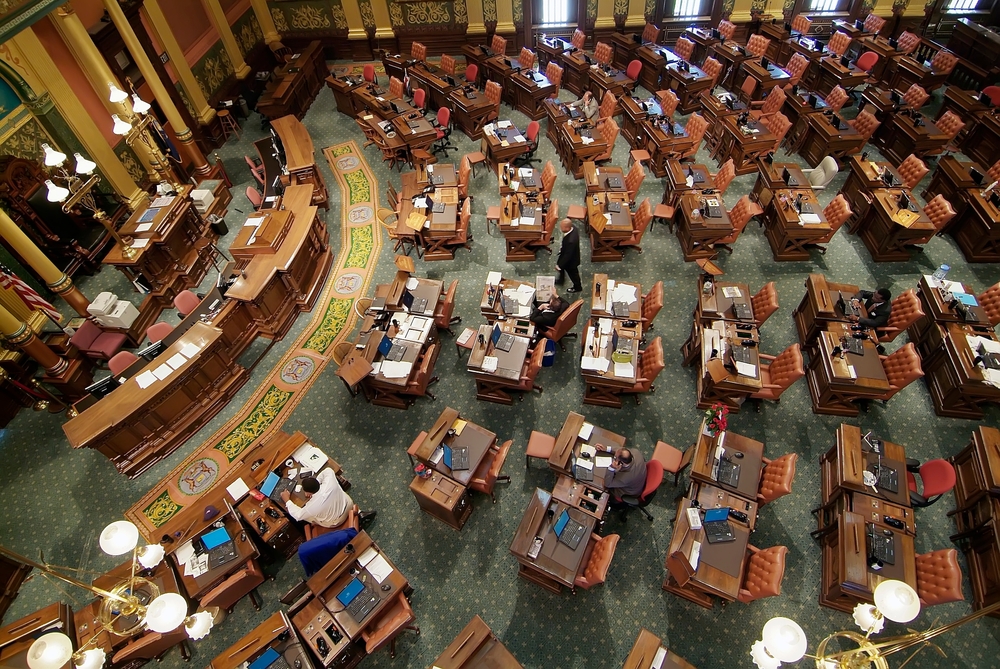 Dennis MacDonald, Shutterstock
Dennis MacDonald, Shutterstock
Q: What Did The Emancipation Proclamation Do?
1: Announced our independence
2: Allowed women to vote
3: Freed the slaves
4: Declared war
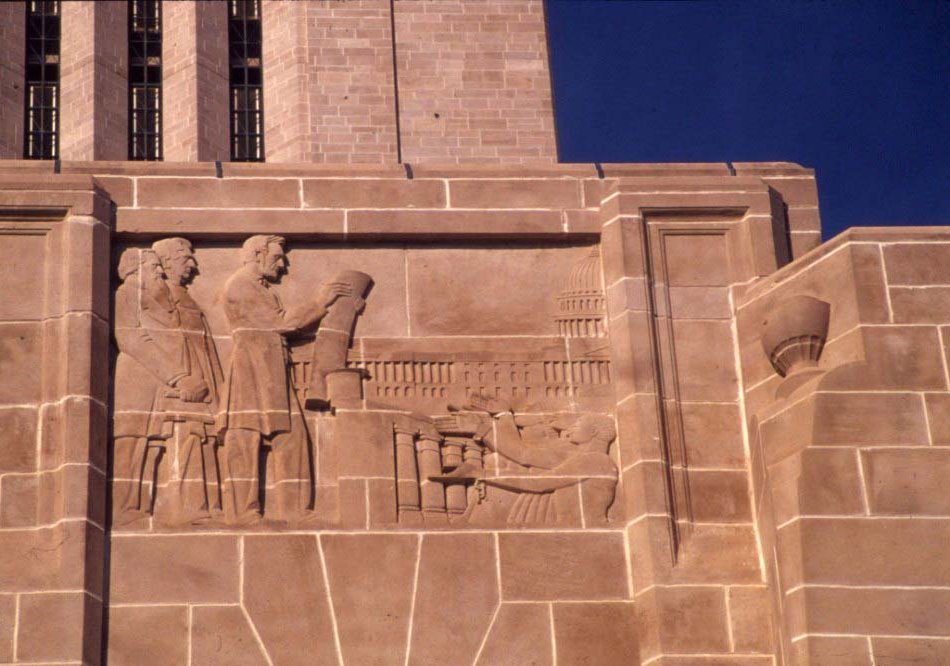 Carptrash, CC BY-SA 3.0, Wikimedia Commons
Carptrash, CC BY-SA 3.0, Wikimedia Commons
A: Freed The Slaves
Issued by President Abraham Lincoln on January 1, 1863, the Emancipation Proclamation declared "that all persons held as slaves" within the rebellious states "are, and henceforward shall be free".
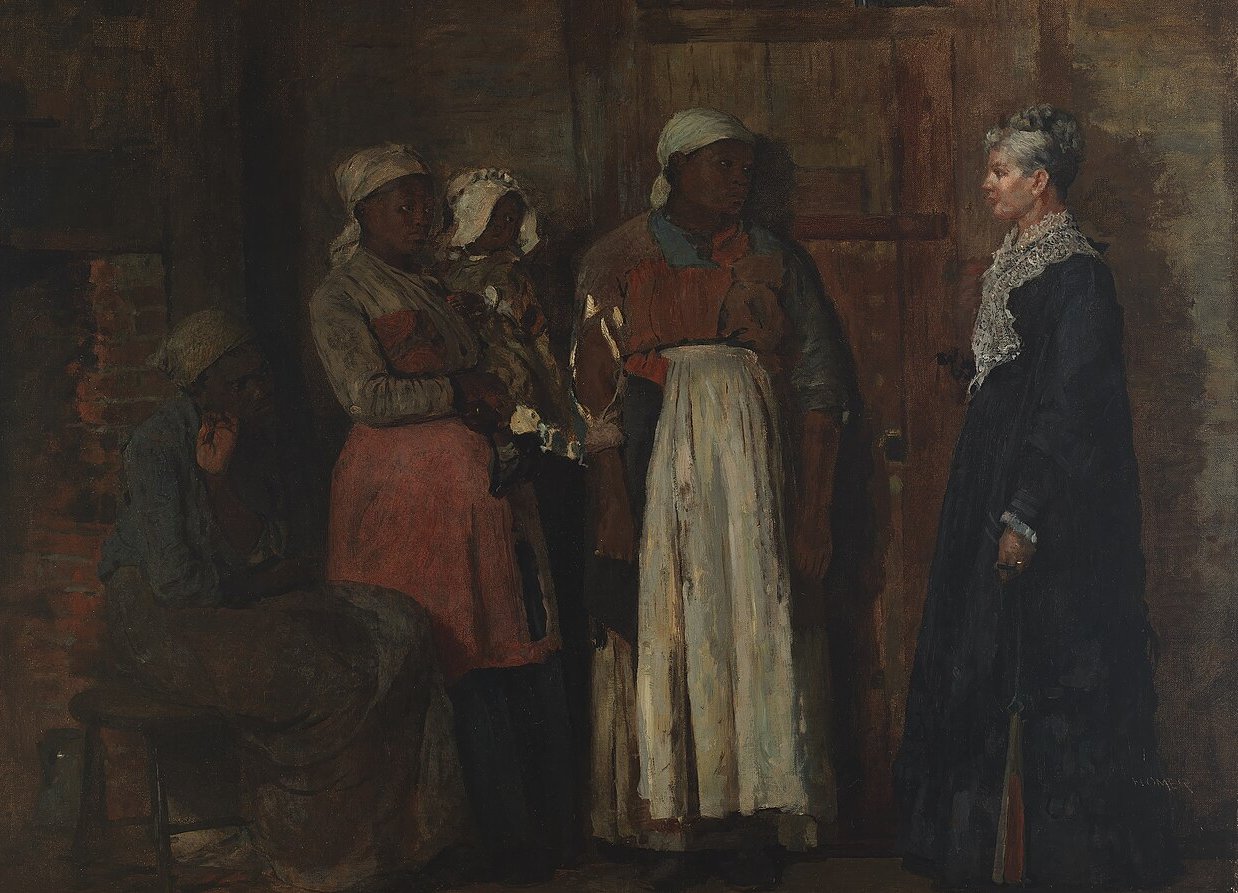 Winslow Homer, Wikimedia Commons
Winslow Homer, Wikimedia Commons
Q: What Territory Did The United States Buy From France In 1803?
1: Alaskan Territory
2: Louisiana Territory
3: Texas Territory
4: Lincoln Territory
A: Louisiana Territory
On October 20, 1803, by a vote of 24 to 7, the Senate approved for ratification a treaty with France via which the United States purchased the Louisiana Territory. You might know it better as the Louisiana Purchase.
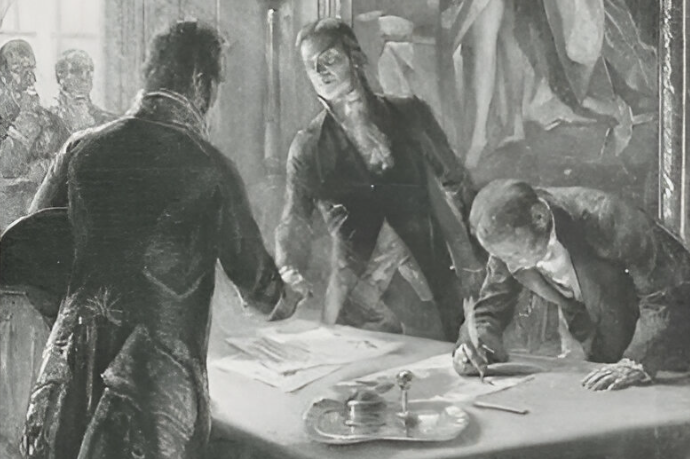 New York Public Library, Picryl
New York Public Library, Picryl
Q: Who Was President During World War I?
1: Woodrow Wilson
2: George Washington
3: Franklin Roosevelt
4: Abraham Lincoln
 Harris & Ewing, Wikimedia Commons
Harris & Ewing, Wikimedia Commons
A: Woodrow Wilson
Wilson was the 28th president of the United States, and served two terms from 1913 to 1921. His Vice President for both terms was Thomas Riley Marshall.
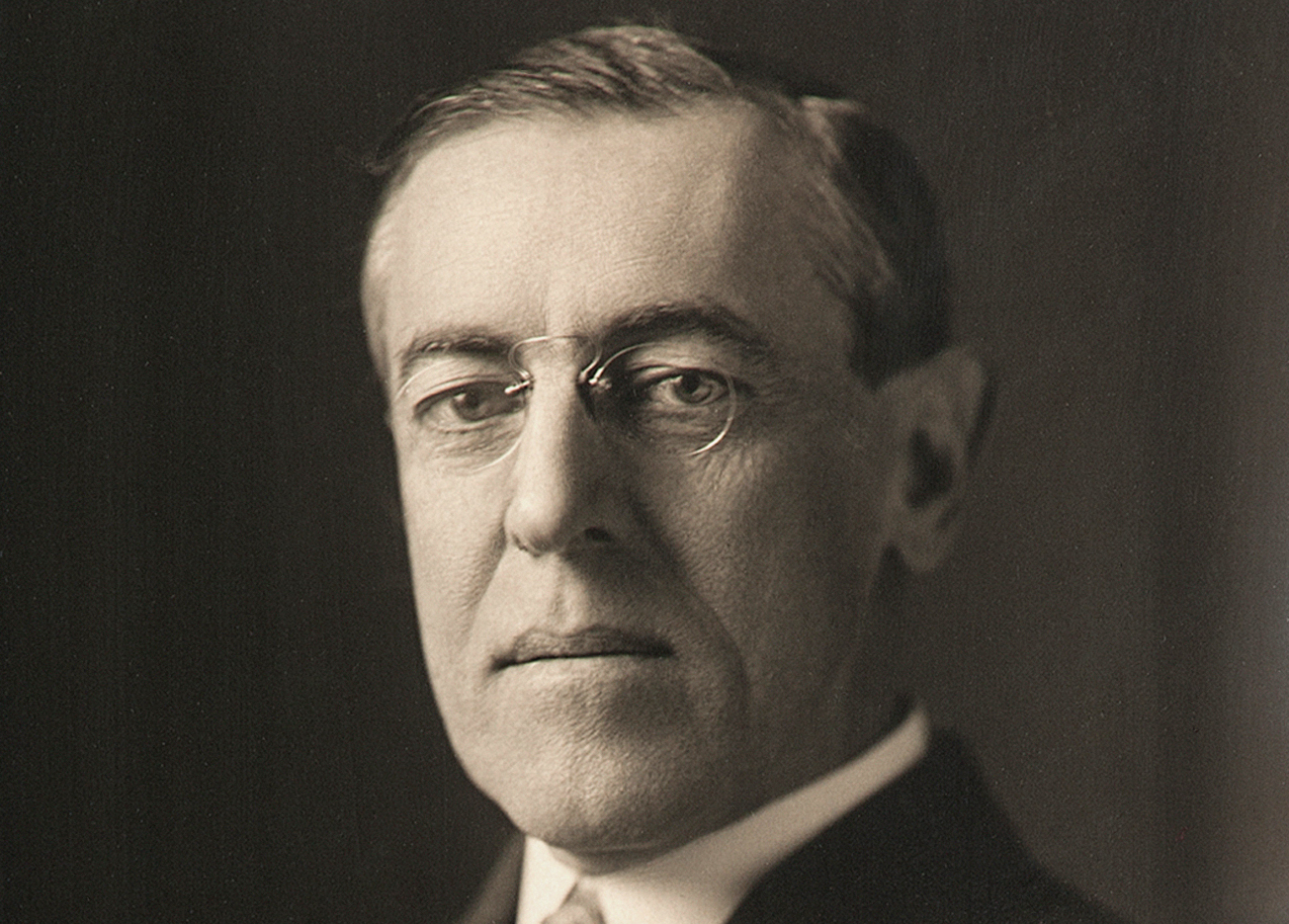 Harris & Ewing, Wikimedia Commons
Harris & Ewing, Wikimedia Commons
Q: Name One Of The Two Longest Rivers In The United States.
1: Mississippi River
2: Colorado River
3: Columbia River
4: Rio Grande
 McGhiever, CC BY-SA 3.0, Wikimedia Commons
McGhiever, CC BY-SA 3.0, Wikimedia Commons
A: Mississippi River
The two longest rivers in the country are the Mississippi River and the Missouri River.
1: Missouri River: 2,341 mi (3,768 km)
2: Mississippi River: 2,340 mi (3,766 km)
Q: What Is The Supreme Law Of The Land?
1: Declaration of Independence
2: The Bill of Rights
3: Articles of Confederation
4: The Constitution
A: The Constitution
All laws in the United States need to follow the Constitution.
Q: Name One War Fought By The United States In The 1800s.
1: War of Independence
2: World War I
3: Mexican-American War
4: Korean War
 E. Punderson, Wikimedia Commons
E. Punderson, Wikimedia Commons
A: Mexican-American War
1: War of Independence (1775-1783)
2: World War I (1914-1918)
3: Mexican-American War (1846-1848)
4: Korean War (1950-1953)
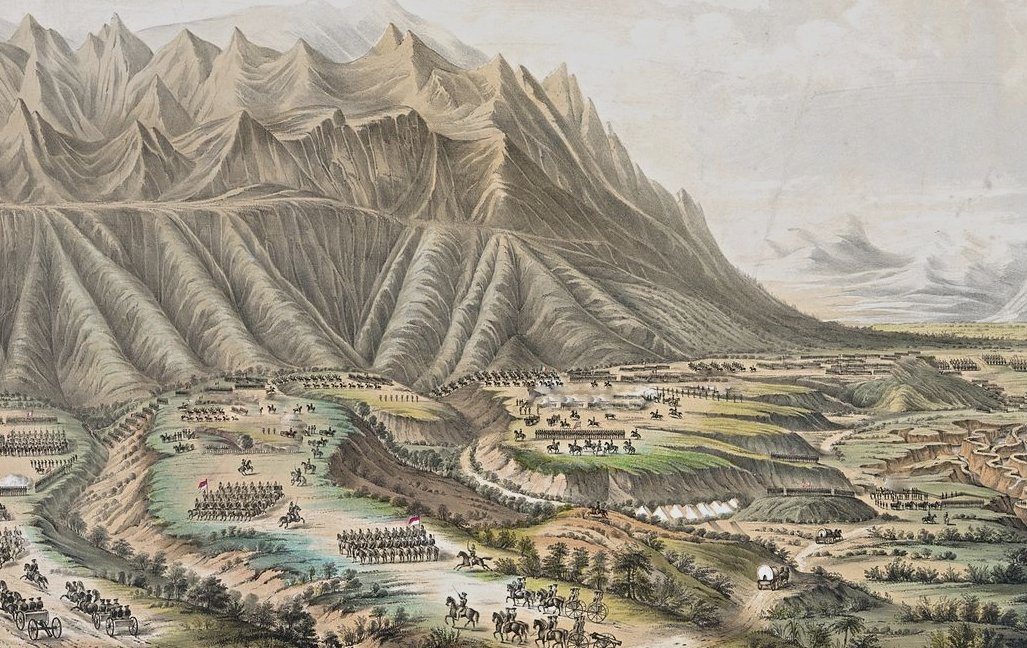 Henry R. Robinson, Wikimedia Commons
Henry R. Robinson, Wikimedia Commons
Q: How Many Amendments Does The Constitution Have?
1: 27
2: 10
3: 2
4: 45
A: 27
It all began with the Bill of Rights (the first 10 amendments), ratified on December 15, 1791—and there have been 17 more added since.
Did You Pass?
So, did you pass? If you're up for it, leave your score in the comments.
You Might Also Like:
You’re Saying It Wrong: Commonly Mispronounced American Cities
Have You Eaten At One Of The 50 Best Pizza Restaurants In America?
42 Presidential Facts About Thomas Jefferson
Sources: 1

